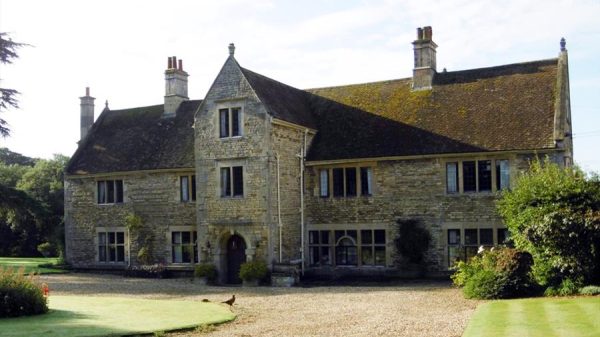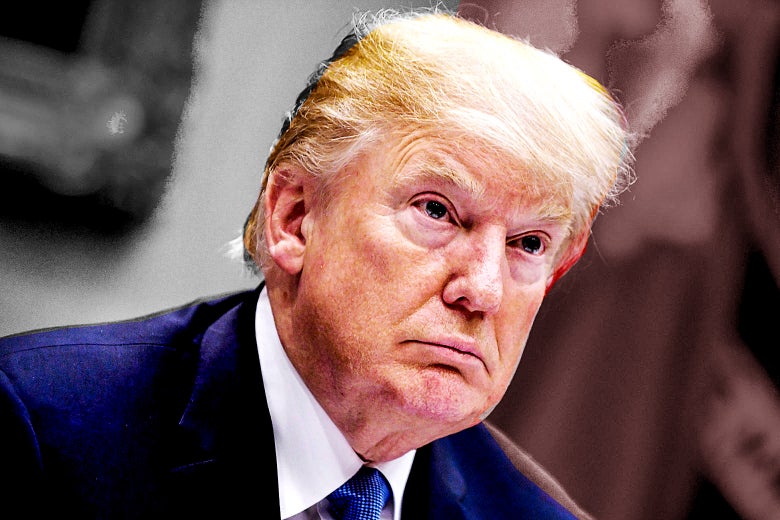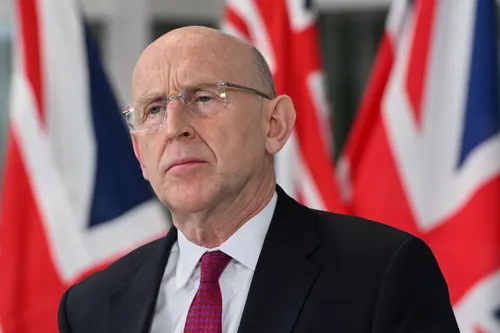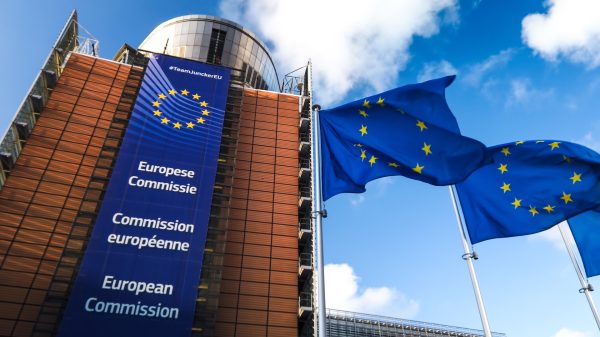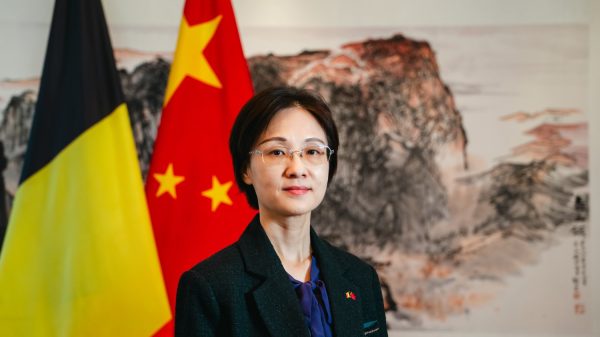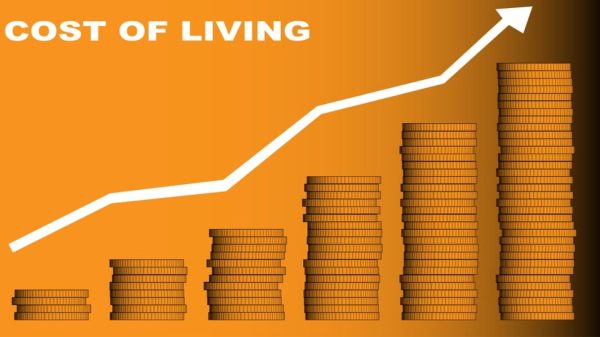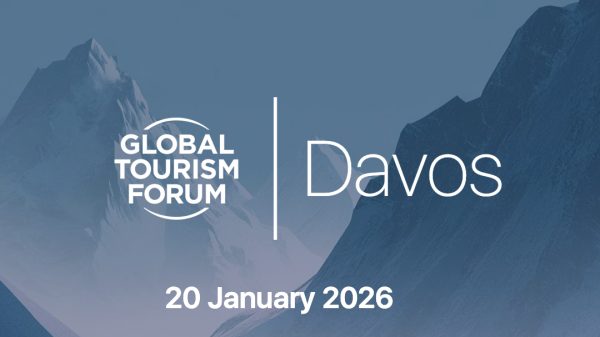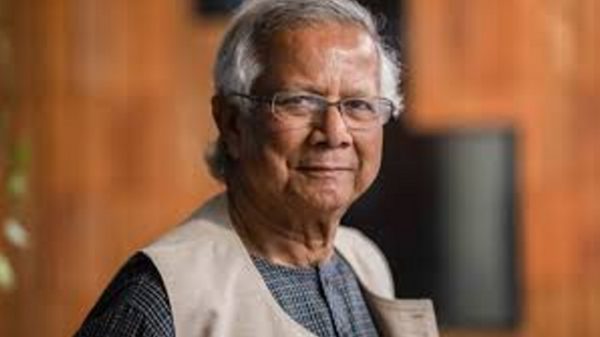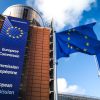Climate change is one of the main challenges currently facing humanity. From soil contamination and air pollution to waste management and global warming, the world is experiencing environmental degradation in many ways. Ensuring that we preserve the environment has rightly shifted to the center of political discourse, leading to new policies for tackling the risks we face, writes Angeliki Dedopoulou, Senior Manager, EU Public Affairs, Huawei.

Angeliki Dedopoulou: Senior manager, EU Public Affairs, Huawei
At the end of 2019, the European Commission launched the European Green Deal as a long-term strategy for tackling environmental challenges. The Green Deal embodies the EU’s ambition to combat climate change and implement sustainable ways of living to reach climate neutrality by 2050. A flagship part of the Green Deal is the promised Climate Law – the world’s first piece of legislation binding all EU 27 member states to become a climate neutral continent by 2050. This will notably be achieved by increasing the shorter term 2030 emission reduction target to at least 55%.
European Commission President Ursula von der Leyen vowed to “leave no-one behind” in the race to achieving this climate neutral and green economy by 2050. “This is Europe’s man on the moon moment” she said in a video statement. “Our goal is to reconcile the economy with our planet” and “to make it work for our people” she added, describing climate policy as Europe’s new growth strategy.
A €1 billion green future
To support this ambition, the European Commission launched a €1 billion call under Horizon 2020 for research and innovation projects that respond to the climate crisis and help protect Europe’s unique ecosystems and biodiversity. This will also help Europe recover from the coronavirus crisis by providing innovative and inclusive solutions to existing environmental challenges.
Innovation, Research, Culture, Education and Youth Commissioner Mariya Gabriel said: “The €1bn European Green Deal call is the last and biggest call under Horizon 2020. With innovation at its heart, this investment will accelerate a just and sustainable transition to a climate-neutral Europe by 2050. As we do not want anyone left behind in this systemic transformation, we call for specific actions to engage with citizens in novel ways and improve societal relevance and impact.”
The European Green Deal is ambitious: It covers nearly all sectors of the economy from transport, energy and agriculture, to buildings and industries. A central part of this will be ensuring the full role out of digital solutions and ICT into all sectors of the economy. Digital technologies have the ability to reduce energy consumption and emissions in many industries, from the use of big data to IoT solutions, and can empower renewable energies via the use of AI solutions. The sensible and efficient roll out of such solutions can mitigate the impacts of climate change, help us meet the Sustainable Development Goals and achieve the Green Deal aims.
Doing more with less
Digitalization has a major role to play in the green transition which we all have an obligation to work towards. Right now, digital technologies contribute to the greening of the economy mainly through reducing transaction costs, increasing real-time usage of data, shedding light on interdependencies and creating efficiencies: digitalization allows us to do more with less.
If we look at some specific examples, we can already see that the roll out of AI in agriculture is helping farmers to process data and optimise crop productivity through soil monitoring. This prevents the unnecessary and unsustainable use of chemicals. An easy win if we can get this technology into the hands of our European farmers.

As another example, by digitaliszing the transport sector, we can continuously optimise routes to reduce emissions. This will be especially seen as we get more automated cars on our roads and car-charging services. It has been estimated that such digital improvements have the potential to reduce CO2 emissions by 3.6 Gigatons in the transport sector alone, while in the energy sector, smart grids enabling consumers to make smarter energy choices can lead to a reduction of overall demand and leverage residential energy resources.
We face challenges, but we strive for more
Digital technologies have the overall potential to enable a 20% global reduction in CO2 emissions by 2030 and could prevent 10 times more CO2 emissions than they actually produce.
This doesn’t come without its challenges of course: despite being incremental to the green transition, the digital industry also has a responsibility to minimize its own environmental footprint. ICTs now generate 1.5% of total GHG emissions, which is expected to grow to 14% by 2040 with the increased use of the Internet, smartphones and tablets, and energy consumption by data centres and telecom networks.
At Huawei, we’re committed to tackling our environmental footprint in various ways – for example via our intelligent energy management technologies, like PowerStar, which allows for the monitoring of power consumption in intensive technologies. When a unit that isn’t scheduled for production consumes power above a certain threshold, its power consumption is displayed, switching automatically to idle mode. In the case of a wave soldering unit for example, we can contribute to consuming 25.6% less energy and can saving about 31,000 kWh of electricity each year.
Working together to achieve more
Achieving the aims set out in the European Green Deal demands action from all parts of the European economy. It means working together in areas that might, in the past, have seemed impossible, such as farmers working with the ICT sector.
It also means the private sector working with governments to encourage the green transition, to equip people with the skills needed to ensure the rollout and uptake of digitalisation in sustainable ways, and the reskilling and upskilling of everyone. This will be a challenging but necessary task for all in the European Union.
For more information about Huawei environmental projects, partnerships, and programs, visit our Tech for a Better Planet webpage and explore our long-term digital inclusion initiative TECH4ALL.

- Protecting the Palawan Rainforest in the Philippines [Video and article]
- Smart PV: Breathing Life into a Desert Landscape [Video and article]
- The Return of the Big Cats [Video & Article]

